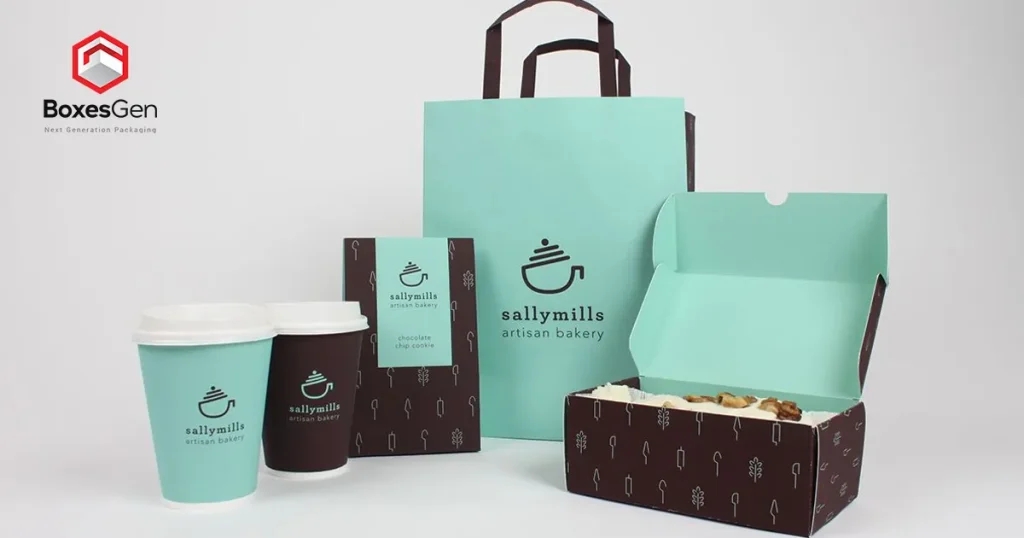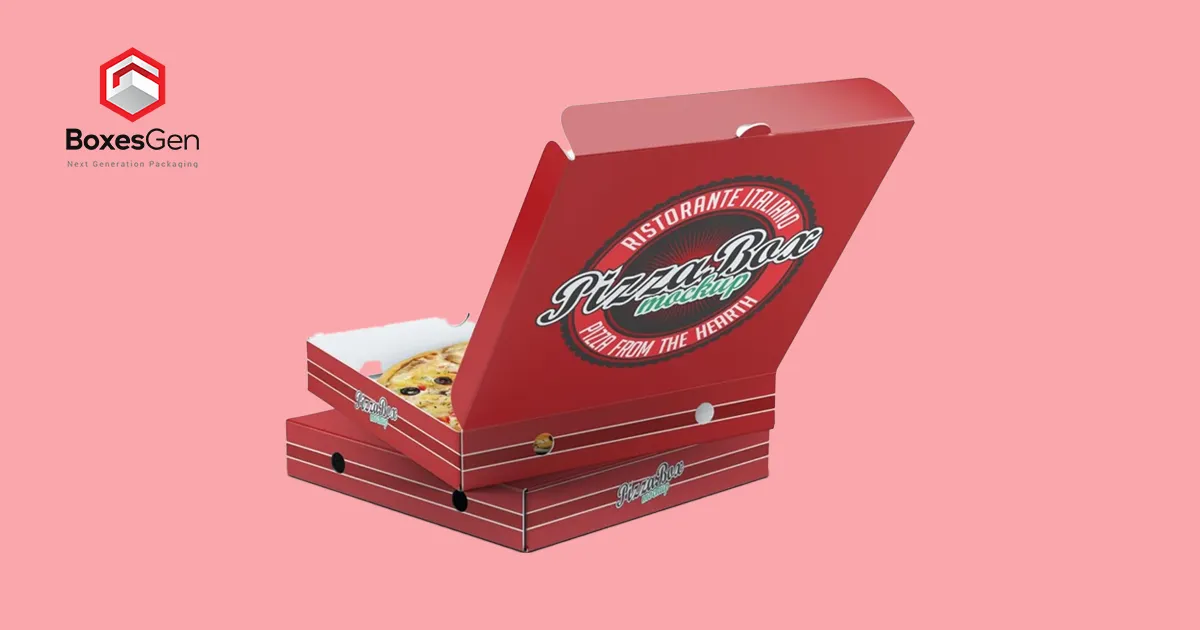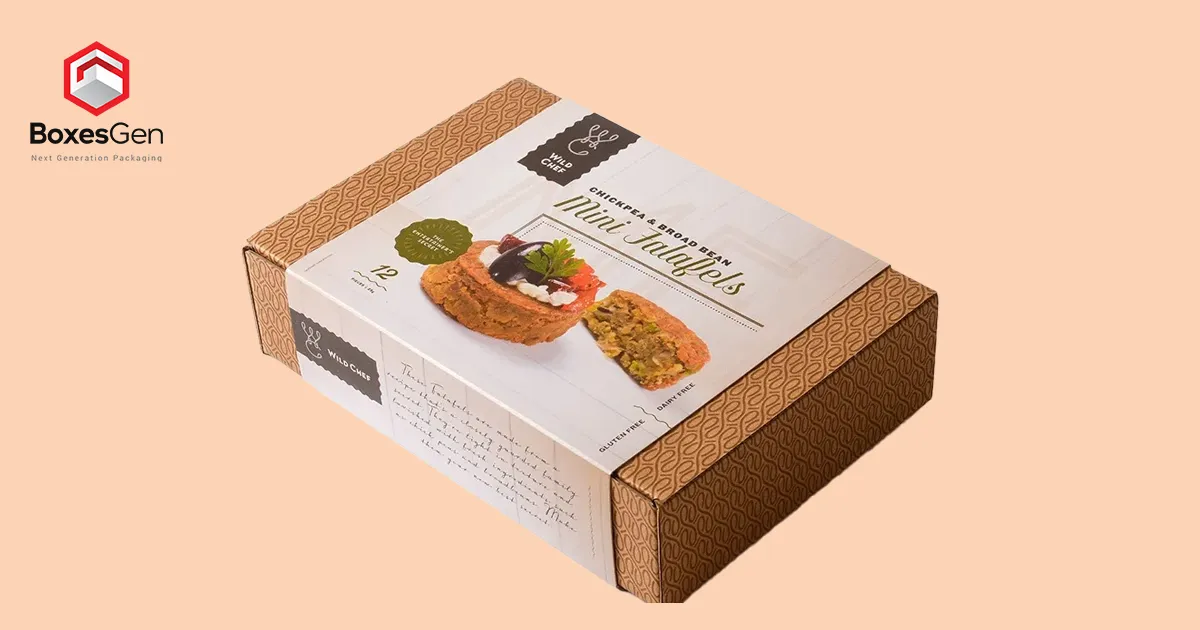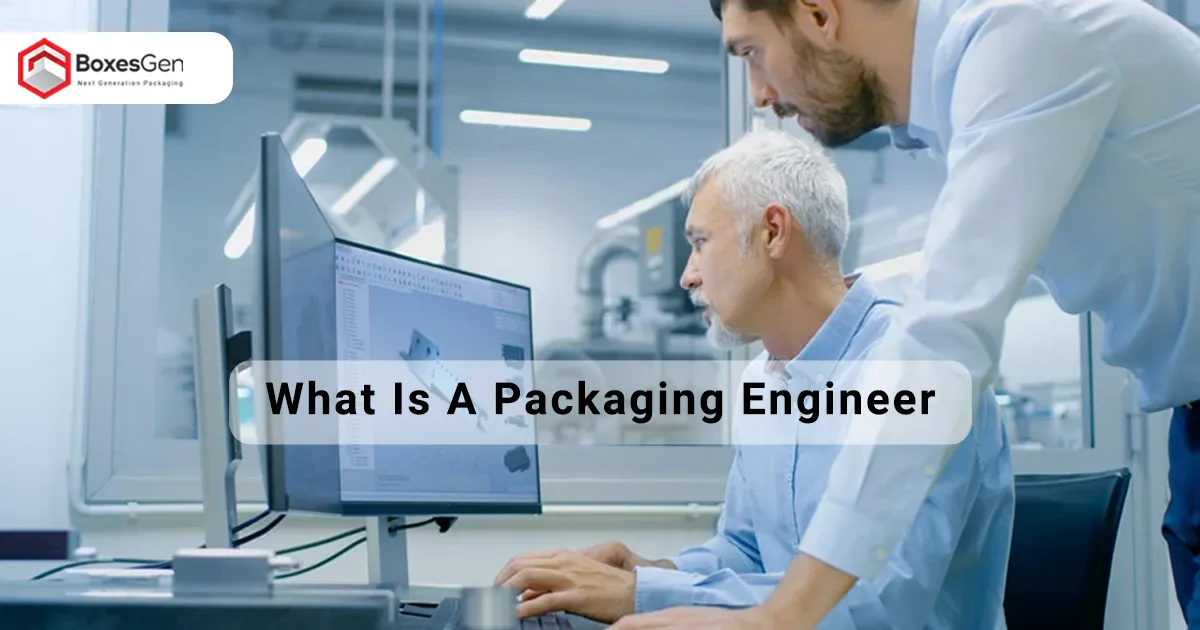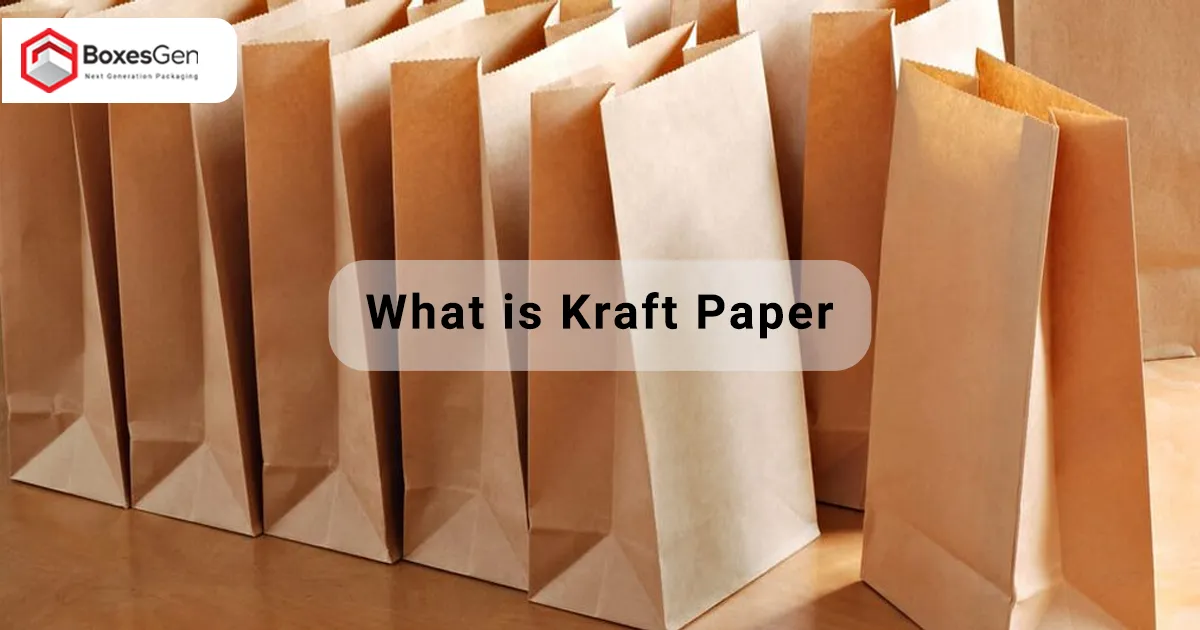A Guide on Personalized Food Packaging For Eatery Businesses
In the dynamic landscape of the food industry, packaging plays a pivotal role in preserving the freshness of products and communicating a brand’s identity. The advent of Personalized Food Packaging has ushered in a new era where customization meets sustainability, aligning with the growing consumer demand for eco-friendly solutions. This article explores the trends, innovations, and environmental considerations of personalized food packaging.
The Rise of Sustainable Food Packaging Supplies
In recent years, there has been a noticeable shift towards sustainable and eco-friendly food packaging supplies. As consumers become increasingly conscious of their environmental footprint, businesses reevaluate their packaging choices. Biodegradable food packaging materials are gaining prominence, offering a solution to the longstanding issue of plastic pollution. The packaging industry is responding by developing innovative solutions that balance functionality with a commitment to reducing environmental impact.
Tailoring Design to Reflect Values with Food Packaging Design
Personalization extends beyond merely adding a name or logo to packaging. It involves tailoring the design to resonate with the brand’s values and the target audience’s preferences. Customized food packaging design serves as a powerful tool for brand differentiation. This trend enhances the visual appeal of products and establishes a unique identity in a crowded market. As businesses strive to stand out, creative and thoughtful biodegradable food packaging design is key to capturing consumer attention.
Eco-Friendly Initiatives in Frozen Food Packaging
Frozen food packaging, a segment often associated with excess waste, is transforming sustainability. Companies are exploring innovative materials and designs for frozen food packaging that prioritize functionality and environmental responsibility. The shift towards eco-friendly frozen food packaging is driven by consumer demand and an industry-wide commitment to reducing the ecological impact of packaging.
Food Packaging Suppliers Navigating the Landscape
Choosing the right food packaging suppliers is crucial in implementing personalized and sustainable solutions. These suppliers play a pivotal role in sourcing materials, advising on biodegradable food packaging design elements, and ensuring compliance with industry standards. As businesses seek to align with eco-friendly practices, collaborating with reputable food packaging suppliers becomes essential. These suppliers should provide quality materials and support brands in meeting their sustainability objectives.
Labels as a Communication Tool in Food Packaging
Food packaging labels are not merely informative but a powerful communication tool. In the era of personalized packaging, labels play a dual role by conveying essential information about the product and reflecting the brand’s ethos. Customized Labels enhance the overall aesthetic appeal of the Custom Cereal Boxes, contributing to a memorable consumer experience. From highlighting nutritional facts to showcasing certifications for sustainable practices, labels convey a brand’s commitment to transparency and quality.
Personalized, Sustainable, and Innovative
As consumer preferences continue to evolve, the future of biodegradable food packaging lies in personalization, sustainability, and innovation. Businesses that embrace these trends cater to the demands of a conscious consumer base and contribute to a healthier planet. The marriage of personalized food packaging with eco-friendly materials and food packaging designs represents a harmonious blend of aesthetics and responsibility, setting the stage for a greener and more customer-centric future in the food industry.
Innovations in Sustainable Food Packaging
The quest for sustainability has led to remarkable innovations in eco-friendly food packaging. Compostable materials derived from plant-based sources are gaining traction as an alternative to traditional plastics. These materials break down naturally, reducing landfill waste and contributing to a circular economy. The packaging industry invests in research and development to create robust, versatile alternatives that maintain product integrity while minimizing environmental impact. Innovations in sustainable food packaging continue to reshape the industry, offering a glimpse into a future where packaging aligns seamlessly with ecological principles.
Personalization Beyond Aesthetics
Beyond aesthetic customization, the future of personalized food packaging delves into functional aspects. Brands are exploring packaging solutions beyond visual appeal, focusing on enhancing the user experience. Intelligent packaging, equipped with technologies like QR codes for traceability or temperature-sensitive labels for perishable goods, is becoming increasingly prevalent. This functional customization adds value to the consumer and aligns with the broader trend of incorporating smart solutions in various industries.
Challenges and Opportunities in Sustainable Frozen Food Packaging
Challenges persist while strides have been made in sustainable packaging for frozen foods. Balancing the need for insulation and protection with eco-friendly materials poses unique challenges. However, these challenges also present opportunities for innovation. Companies are investing in research to develop sustainable insulation materials and exploring alternative food packaging designs that maintain the required temperature without compromising environmental responsibility. The journey towards sustainable frozen food packaging is dynamic, with ongoing efforts to strike the right balance between functionality and eco-consciousness.
The Role of Food Packaging Suppliers
Collaboration is key in driving the shift towards sustainable packaging. Eco-friendly food packaging suppliers increasingly collaborate with brands and other stakeholders. These partnerships aim to streamline the supply chain, optimize packaging processes, and collectively work towards environmentally friendly solutions. By fostering collaboration, food packaging suppliers become integral contributors to the broader sustainability goals of the industry. Shared knowledge, expertise, and resources enable the development and implementation of impactful solutions that benefit businesses and the environment.
The Demand for Transparency
As personalized and sustainable packaging becomes the norm, consumer education plays a crucial role. Brands recognize the need to communicate their efforts to adopt eco-friendly practices transparently. Educating consumers about the benefits of sustainable packaging, the environmental impact of their choices, and the importance of responsible disposal empowers them to make informed decisions. Transparency builds trust, and as consumers become more discerning, brands that proactively communicate their sustainability journey through Kraft Tea Boxes will likely gain a competitive edge in the market.
Emerging Trends in Food Packaging Labels
The evolution of personalized food packaging extends to labels, with emerging trends reshaping how information is presented to consumers. Smart labels incorporating Near Field Communication (NFC) technology are gaining momentum, allowing consumers to access additional product details with a simple tap of their smartphones. This interactive element enhances the consumer experience and provides brands with a direct channel for engagement. As technology advances, we can anticipate further integration of augmented reality (AR) features in eco-friendly Food Packaging Labels, creating immersive and informative interactions that transcend traditional packaging boundaries.
Circular Economy and Closed-Loop Systems
In the pursuit of sustainability, the circular economy concept is gaining prominence in the food packaging industry. This approach emphasizes the importance of creating closed-loop systems where packaging materials are reused or recycled. Companies are increasingly adopting circular economy principles by designing packaging that can be easily recycled or by implementing take-back programs. These initiatives reduce the environmental impact and contribute to the efficient use of resources, creating a more sustainable and resilient packaging ecosystem.
Regulatory Landscape and Standardization
As the demand for sustainable and personalized food packaging grows, the regulatory landscape adapts to address these changing dynamics. Governments and industry bodies are actively working on establishing standards for eco-friendly packaging materials, ensuring that businesses adhere to responsible practices. Standardization provides clarity for businesses and instills confidence in consumers regarding the authenticity of eco-friendly claims. Staying informed about evolving regulations is crucial for brands and eco-friendly food packaging suppliers to navigate the complex landscape and make informed decisions per industry standards.
International Collaboration for Sustainable Packaging Solutions
The challenge of sustainable packaging is not confined to a specific region, making global collaboration essential. Companies are increasingly forming alliances and participating in international initiatives to share best practices, innovations, and research findings. Cross-border collaboration fosters a more comprehensive approach to addressing environmental challenges associated with Custom Coffee Packaging. By pooling resources and expertise, the industry can collectively work towards developing scalable and impactful solutions that transcend geographical boundaries.
The Role of Consumer Behavior in Shaping Packaging Choices
Consumer behavior continues to be a driving force behind the evolution of food packaging. As sustainability awareness grows, consumers seek brands that align with their values. The power of social media amplifies consumer voices, putting pressure on businesses to adopt sustainable practices in their packaging. Brands that proactively respond to consumer preferences by integrating eco-friendly packaging solutions meet market demands and position themselves as responsible industry leaders, fostering long-term customer loyalty.
Continuous Innovation and Adaptation
The landscape of personalized and sustainable food packaging is dynamic, requiring continuous innovation and adaptation. Businesses that embrace a culture of innovation are better positioned to stay ahead of the curve. Whether through integrating cutting-edge materials, adopting emerging technologies, or exploring novel food packaging designs, a commitment to ongoing improvement is essential. The pace of change in consumer expectations and environmental challenges necessitates a proactive approach to innovation, ensuring that the food packaging industry remains at the forefront of sustainable practices.
Conclusion
Ongoing advancements, collaborations, and a heightened focus on consumer-driven initiatives mark the journey toward personalized and sustainable food packaging. The convergence of technology, environmental consciousness, and regulatory developments is steering the industry toward a future where packaging is not just a means of preserving food but a conscientious and integral part of a global effort toward sustainability. Adopting a holistic approach that encompasses innovation, collaboration, and consumer education, the food packaging industry lays the foundation for a brighter, greener, and more responsible future.
Frequently Asked Questions
What Are the Key Benefits of Using Sustainable Food Packaging Materials?
Sustainable food packaging materials offer several benefits, including reduced environmental impact, support for a circular economy, and alignment with consumer preferences for eco-friendly options. These materials contribute to the overall goal of minimizing waste and fostering a more responsible approach to packaging.
How Can Personalized Food Packaging Contribute to Brand Differentiation?
Personalized food packaging goes beyond visual aesthetics, allowing brands to tailor designs that resonate with their values and connect with consumers on a deeper level. This customization enhances brand identity and serves as a powerful tool for differentiation in a competitive market, making a lasting impression on consumers.
What Innovations Are Shaping the Future of Frozen Food Packaging?
Innovations in sustainable insulation materials, alternative packaging designs, and a balance between functionality and eco-consciousness mark the future of frozen food packaging. Companies are actively researching and developing solutions that maintain the required temperature for frozen goods while minimizing environmental impact.
How Are Food Packaging Labels Evolving with Technology?
Food packaging labels are undergoing a technological revolution, integrating smart features such as Near Field Communication (NFC) and augmented reality (AR). These innovations provide interactive and immersive experiences, allowing consumers to access additional product information and enhancing the overall engagement with the brand.
What Role Do Food Packaging Suppliers Play in The Shift Towards Sustainable Packaging?
Food packaging suppliers are crucial in sourcing eco-friendly materials, advising on design elements, and ensuring compliance with industry standards. Collaborative initiatives between brands and suppliers are essential for driving the shift towards sustainable packaging, fostering a more responsible and environmentally conscious supply chain.

